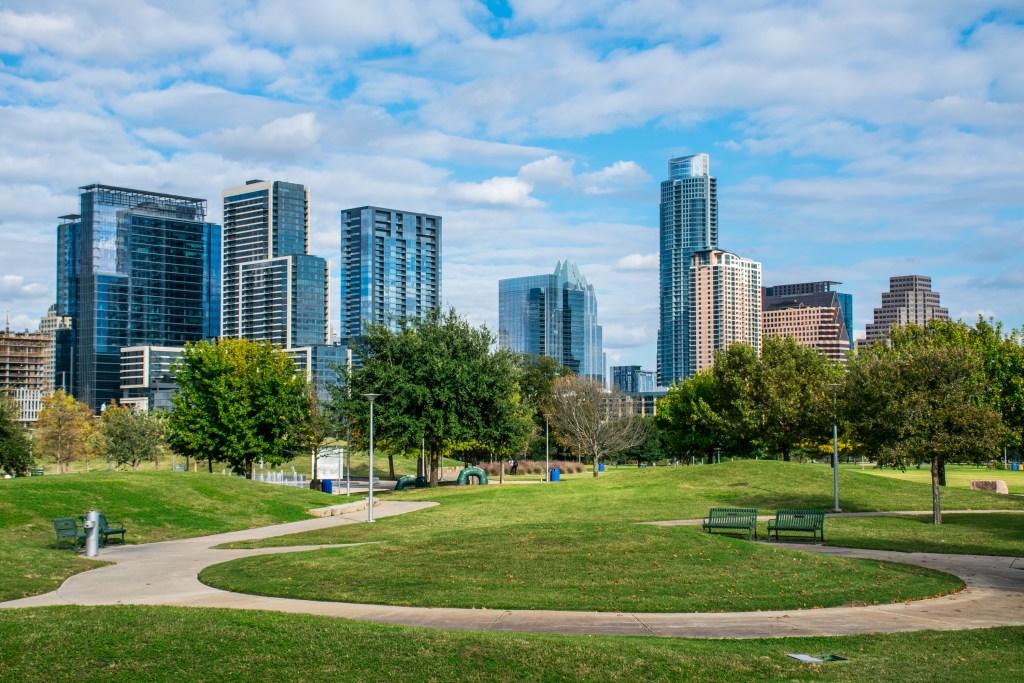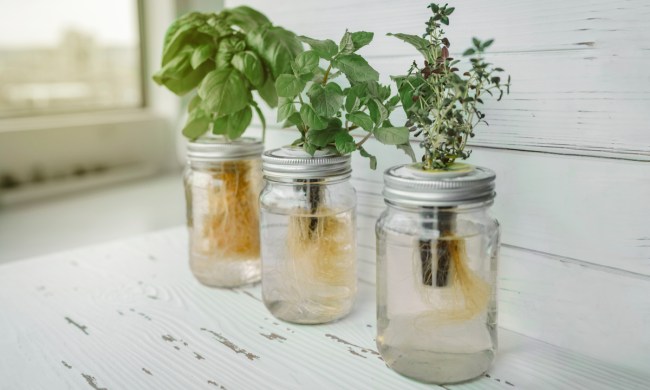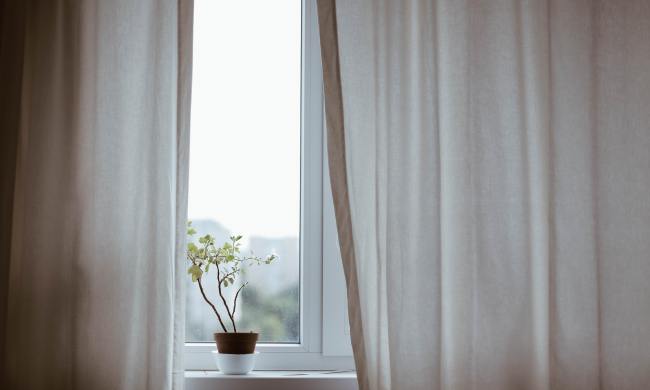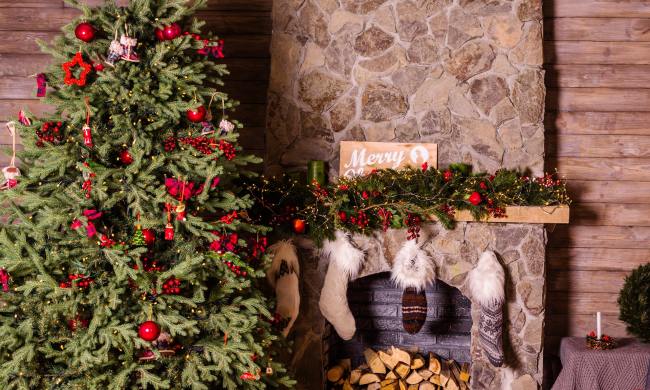Cities typically don’t have a lot of green space. If you live in a major city, there may be some parks, but concrete has overrun nature. Of course, ever since humans stopped being hunter-gatherers and became an agrarian society, we’ve cleared away forests to make room for crops. Eventually, that translated into clearing away space to build cities.
As humans built, the natural landscape decreased, sometimes dangerously so in certain areas. However, greenery has begun making a comeback as people realize the importance of trees to the environment. It comes down to the fact that if humans want to live on Earth, ensuring we have healthy, vibrant forests is necessary, which includes carefully crafting green spaces within our cities so we can live more symbiotically with the natural world.
But, why exactly are trees so vital to our existence? The truth is that trees are a tool the Earth uses to absorb and store carbon dioxide. As you probably know, carbon dioxide is one of the primary greenhouse gasses, which can cause heat to become trapped near the Earth’s surface. In other words, the gas contributes to a rise in global temperatures.

What is carbon sequestration?
All plants and animals on Earth are carbon-based life forms. We all need carbon to exist. The amount of the element on our planet remains constant, but its form changes and moves about. Certain things, such as volcanic eruptions, can transform carbon that exists below the Earth’s surface into carbon dioxide. The gas absorbs infrared radiation in the Earth’s upper atmosphere and traps heat beneath it, as mentioned above.
Some scientists are working to bring carbon dioxide atmospheric levels down. One solution for this is called “terrestrial sequestration,” which involves planting trees. Because trees absorb carbon dioxide during their lifecycle and the carbon is stored within the tree’s wood, the plant acts as a trap for the gas. In essence, the tree has “sequestered” carbon dioxide.
Which trees should you plant?
Even though all trees use carbon dioxide, some are more effective than others. Moreover, there are even trees that can actually do more harm than good, since they emit other harmful compounds. For example, the willow, oak, and poplar trees all emit volatile organic compounds (VOCs), forming ozone. According to the Scientific American, that ozone has been linked to “asthma, bronchitis and other respiratory illnesses.”
On the other hand, there are trees you should consider planting. Here are some helpful things to think about when making your choice:
- Disease resistant, low-maintenance species do better without fertilizers and equipment that produce greenhouse gasses.
- Species native to your region do best in your local soil as they’re a natural part of your regional ecosystem.
- Trees that have wide crowns and large leaves engage in more photosynthesis than others.
- More carbon is absorbed and stored for longer periods in trees that are long-lived.
- Trees that grow quickly absorb more carbon and store it faster within their first few decades of life.
Consider planting these tree species
There are no single “best tree species.” Every region has a species that suits it best. Most parks will contain examples of local trees that do well in your climate.
With that said, a few of the best trees for carbon sequestration are the following:
- Pine trees work pretty well. In fact, out of all conifers, they store carbon most effectively.
- In northern regions, consider planting the blue spruce.
- The horse chestnut tree is well-adapted to city life. It has a broad canopy that adds shade in addition to its carbon dioxide capturing abilities.
- Another excellent choice for a city’s green space is the London planetree. It has the added benefit of being resistant to the cold and disease.
- Two smaller trees that can store an immense amount of carbon for their size are the black walnut and dogwood.
Where are trees needed most?
Trees are most needed in urban settings. Of course, humans need to stop destroying forests, but if left alone, many of these will grow back and replenish themselves over time. Trees won’t grow naturally in cities unless people plan spaces for them. Remember that the benefit of having trees in urban settings goes beyond the absorption of carbon dioxide. They also provide habitats for wildlife and improve the air’s quality.
Also, consider planting trees in your neighborhood and community. Every effort makes an impact. Even a small effect is better than none. Remember that in the end, we’re all stewards of the planet on which we live, and by planting in your community you can set an example for neighbors, co-workers, friends, and family.



